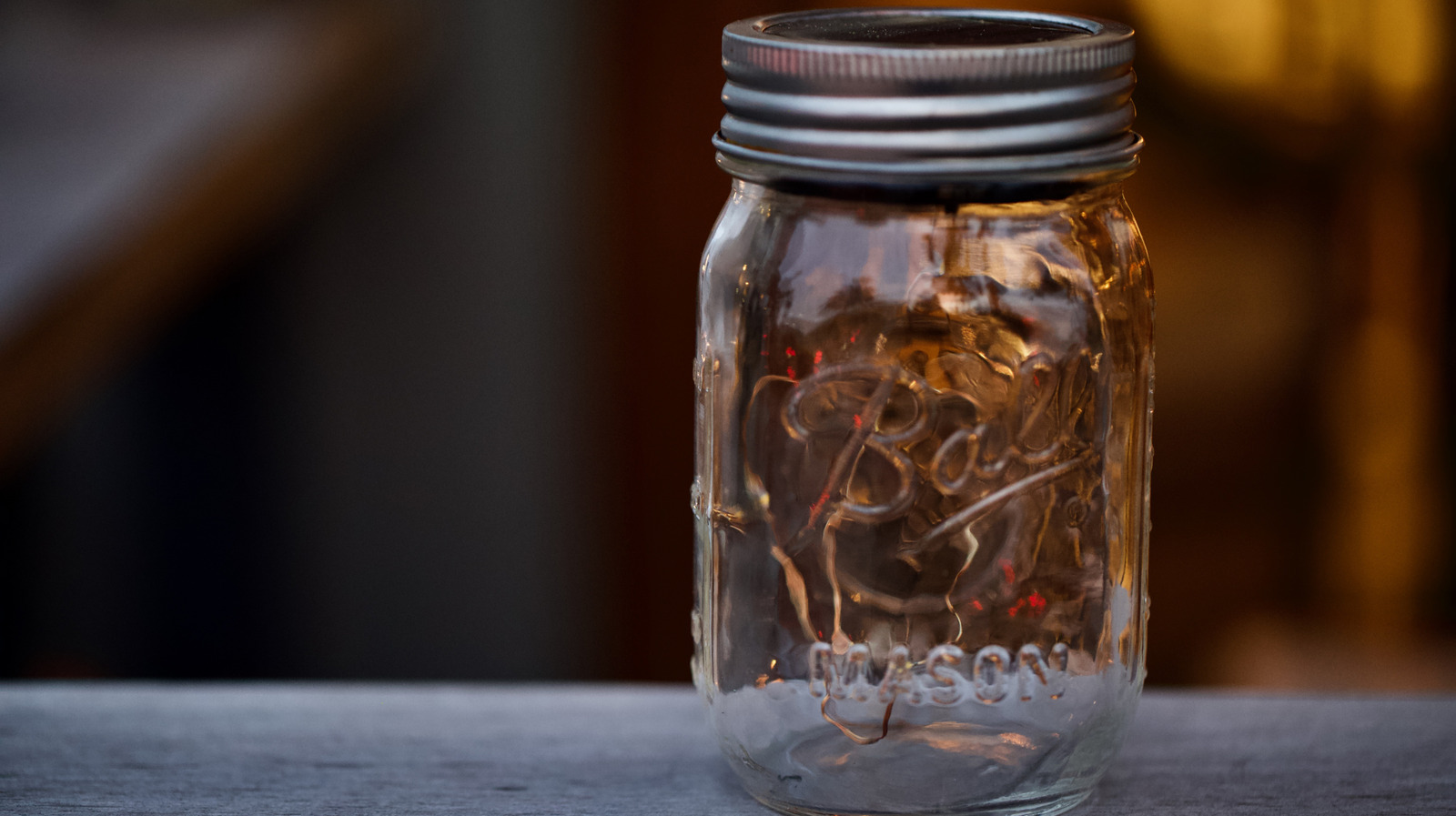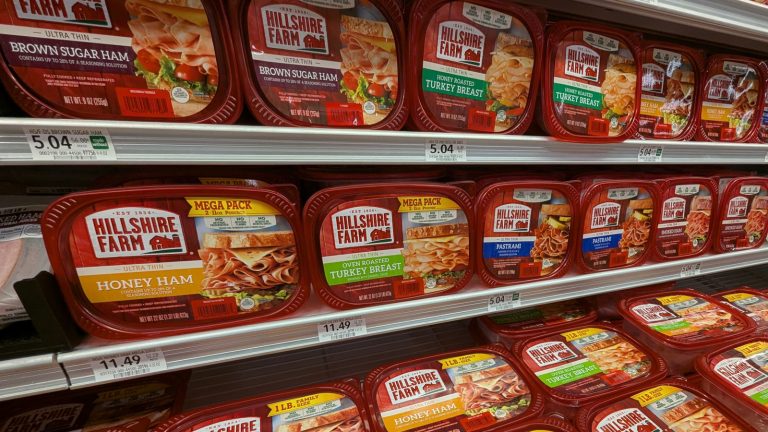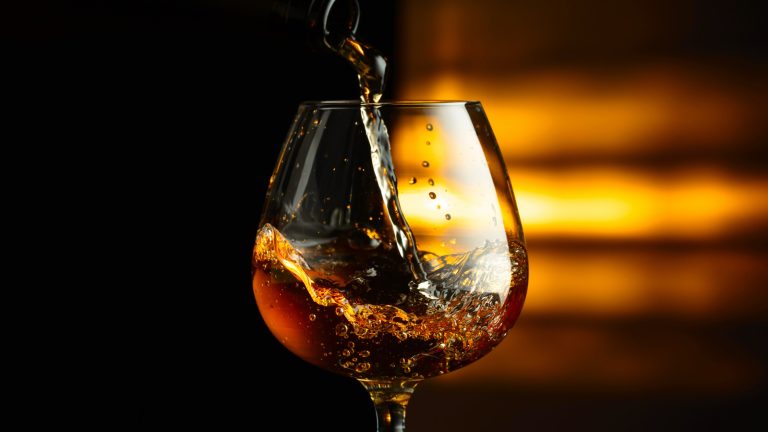Everyone has a Mason jar stashed somewhere in their house, whether it’s holding a bouquet of wildflowers, storing fresh peaches in the fridge, or any of these other creative ways to use them and make cooking easier. Mason jars have been a staple of American households for more than 160 years and have remained just as useful in the 2020s as they were in the 1800s, storing everything from food to paint brushes to everything in between. You may spot some of those old, original jars lying around antique stores or hidden in Grandma’s attic, and if you spot a jar with the number 13 printed on the bottom, you’re about to become a little bit richer.
Mason jars with the number 13 are of high value to collectors because of their rarity and therefore worth more money than a dusty number five jar. There’s an old legend that says supposedly, back in the day, Mason jars were used to discreetly transport various liquors and moonshine during the Prohibition era (though today you’ll find that moonshine is legal in certain forms). Folks at the time were much more superstitious than they are today, so they believed that jars with the number 13 on them were bad luck and could bring the downfall of their bootlegging business. To quell the unluckiness, they destroyed all number 13 Mason jars they came across and due to that, the likelihood of finding number 13 today is rare.
How much do number 13 Mason jars sell for?
The number 13 Mason jars can vary in selling price, but vintage collectors go nuts for them whether they’re worth $5 or $500. Half-gallon, quart, and pint jars with number 13 are on the more common side of these rare gems, with the coveted half-pint jar stealing the spotlight as the rarest of rare number 13 jars. Pint-sized Mason jars hold a higher price point in general, sometimes fetching as much as $150 for a single jar, but number 13 pint jars are especially uncommon. There are reportedly even fewer of the number 13 half-pint jars in circulation than any other size, with many experienced collectors never setting eyes on one. These are rumored to have sold for as much as $1,500.
There are some naysayers to the Prohibition legend who claim that the feasibility of the story simply is not true. They say that Mason jars were more often used by housewives for preserving tomatoes than bootleggers transporting moonshine, who would not break a perfectly good jar just because of the number printed on the bottom. There are also claims that number 13 Mason jars have no rarity at all and can be found in surplus all across the internet. A quick eBay search shows many jars popping up between $25-$200, but even if you only make $25 on a jar you paid $1 for at the antique shop, that’s still a $24 profit margin.






